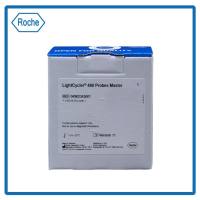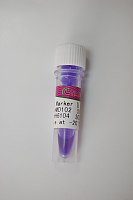Analysis of Gene Sequences by Hybridization of PCR-Amplified DNA to Covalently Bound Oligonucleotide Probes: The Reverse Dot Blot Method
互联网
437
The introduction of polymerase chain reaction (PCR) technologies (1 –4 )has greatly simplified the analysis of gene sequences. Prior to PCR, comparison of genes and their alleles required lengthy, tedious, and somewhat difficult procedures. These steps included DNA or RNA purification, cloning of DNA restriction fragments or complementary DNA, subcloning, isolation of the corresponding plasmid, and sequencing of the inserts. PCR has eliminated much of the tedium by allowing amplification of a desired sequence from small amounts of unpurified nucleic acids and direct sequencing of the amplified product. In certain cases one does not need to know the entire sequence of a gene, but only requires detection of a specific allele or mutation. This is true in instances where the sequences of the the majority of the alleles or mutations in the population are already known. For example, the RAS oncogene system (5 ) has three loci with cancer-associated mutations occurring at three codons, 12,13, and 61. Over 60 mutations have been discovered at the cystic fibrosis (CF) locus (6 ), but a few predominant mutations in the Caucasian population account for 70–90% of the known cases. Similarly, the HLA Class II locus is very polymorphic (7 ), and detection of allelic, single bp differences are important in forensics, paternity determination, transplantation, and so on.









